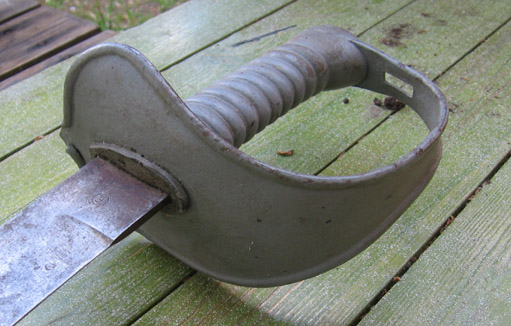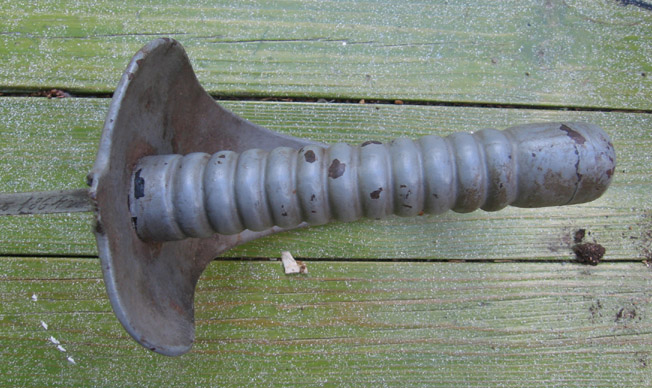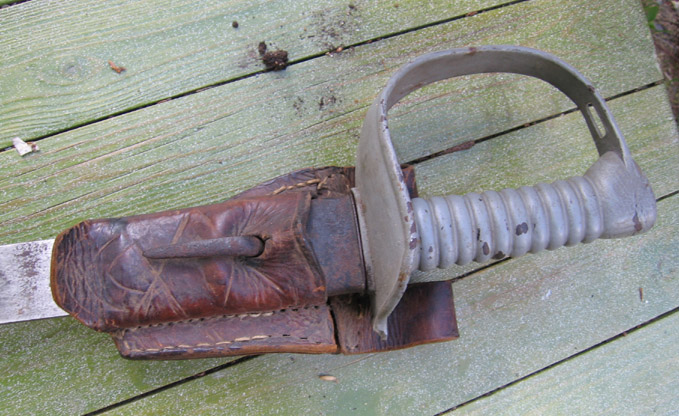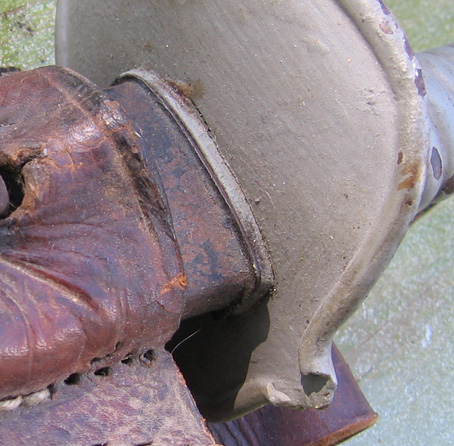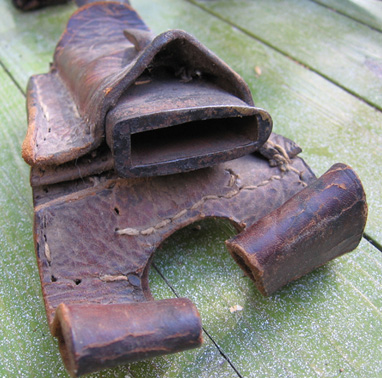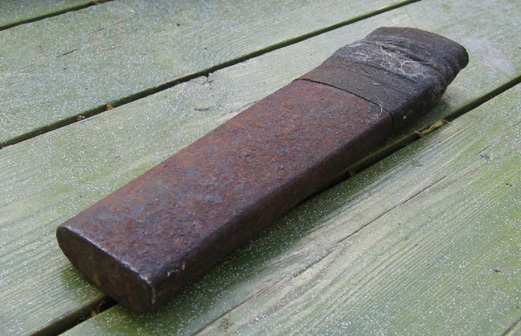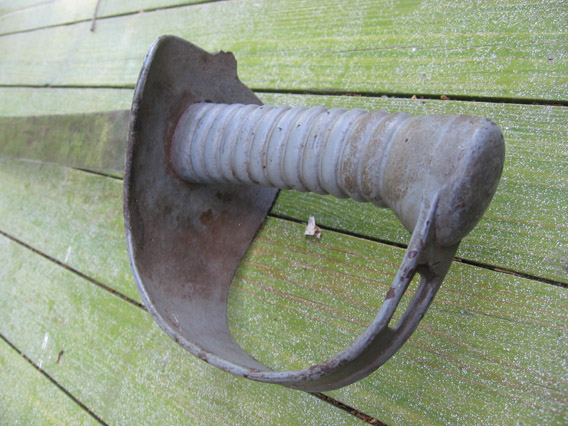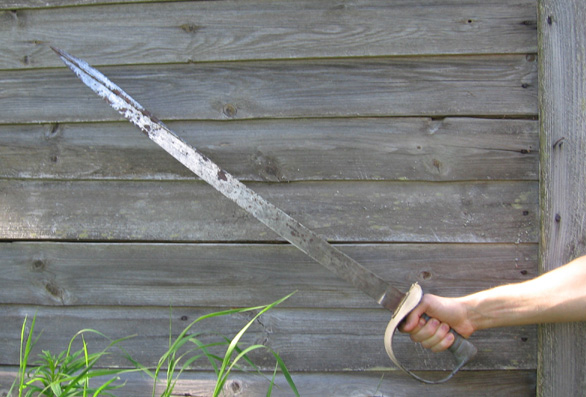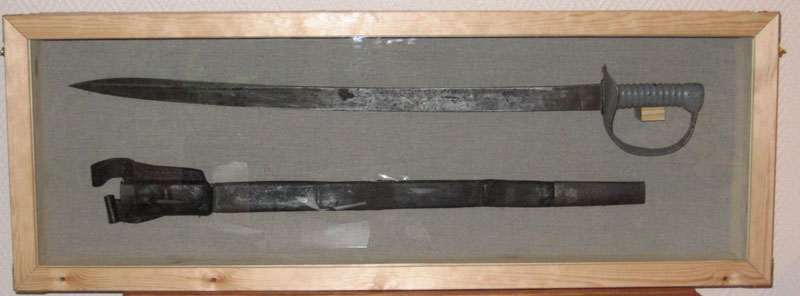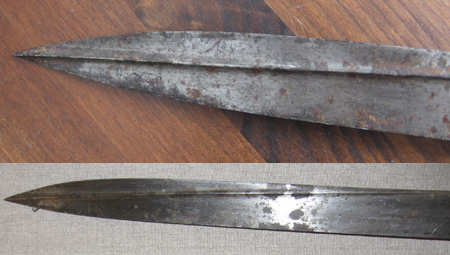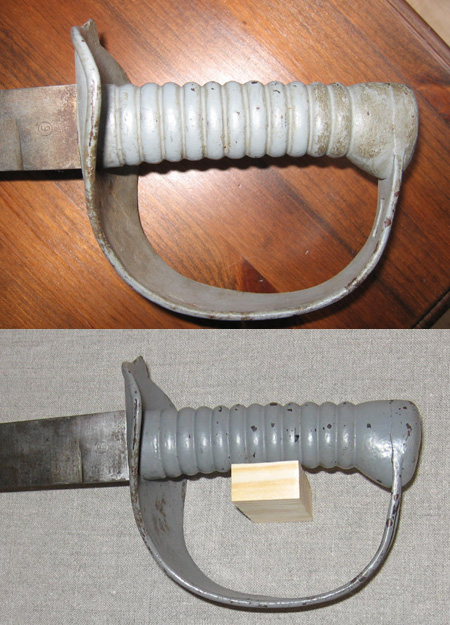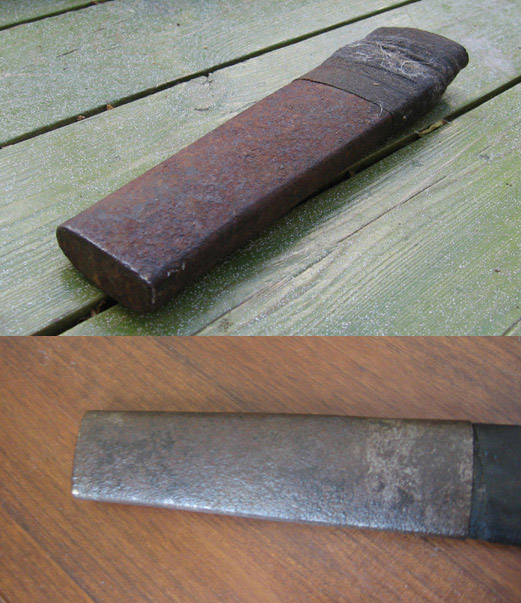Total length: 88cm
Blade length: 73,5cm
Width of blade at the base: 3,5cm
Thickness of blade at the base: 6mm
Length of point ridge: 38cm
Pob: 8,5cm
Weight: 1080g
I went through some basic longsword drills with it as I don't know any saber stuff, and I have to say it certainly handles sweet. Controlling the tip was quite easy and as a whole the weapon felt natural in the hand. Then for the pics.

The most informative marking is this on the back of the blade, but I can only make the year "1864v"
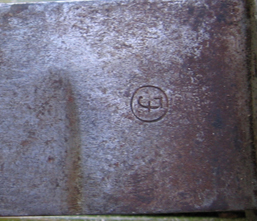
Blade marking at the base of the blade.
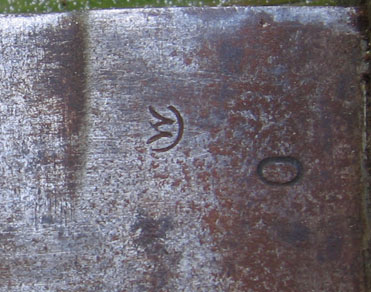
The same on the other side.
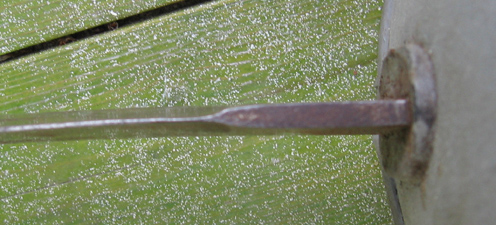
Edge at the base of the blade.
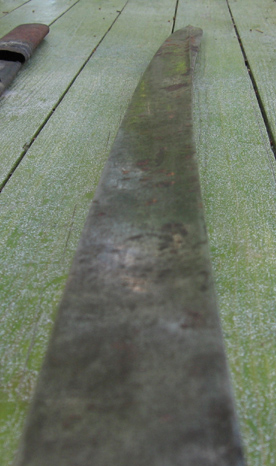
The blade.
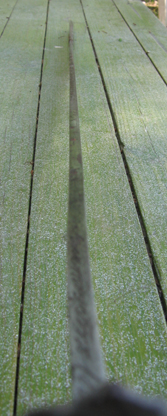
The back edge.

The tip reinforcement is about 5mm thick. The back edge here isn't very sharp at the time, but could have been sharpened.

The scabbard is in three pieces and has been tried to fix using some sort of fabric tape
